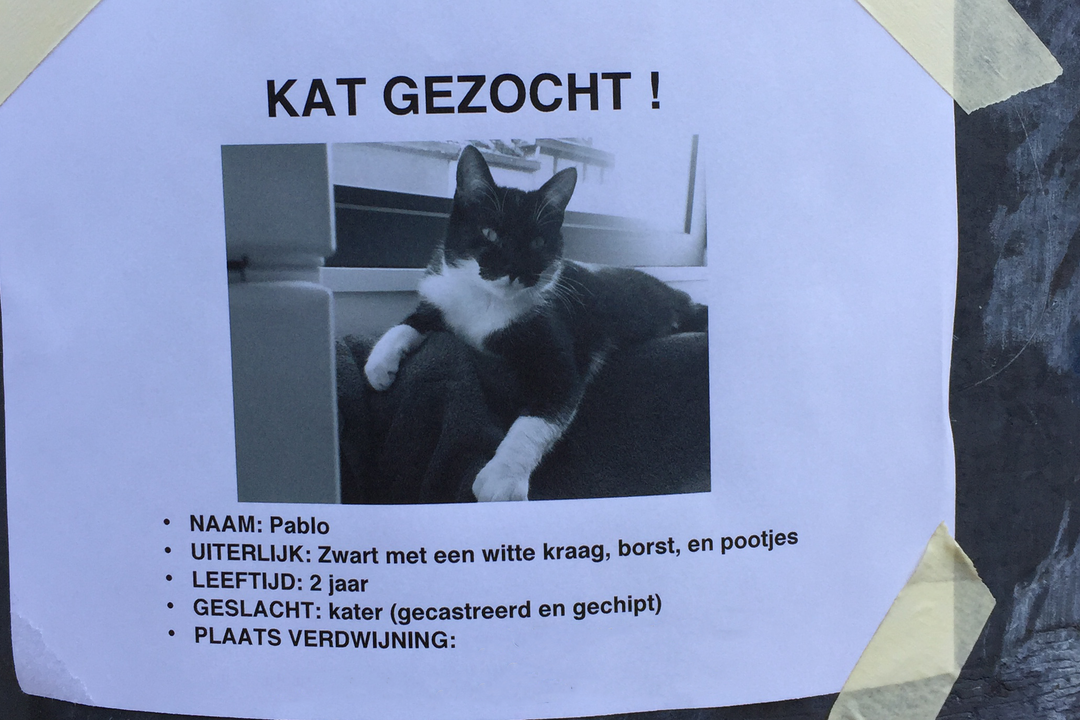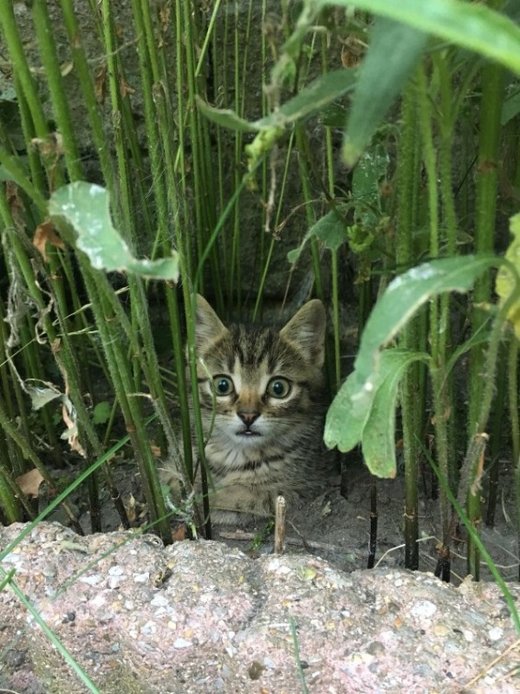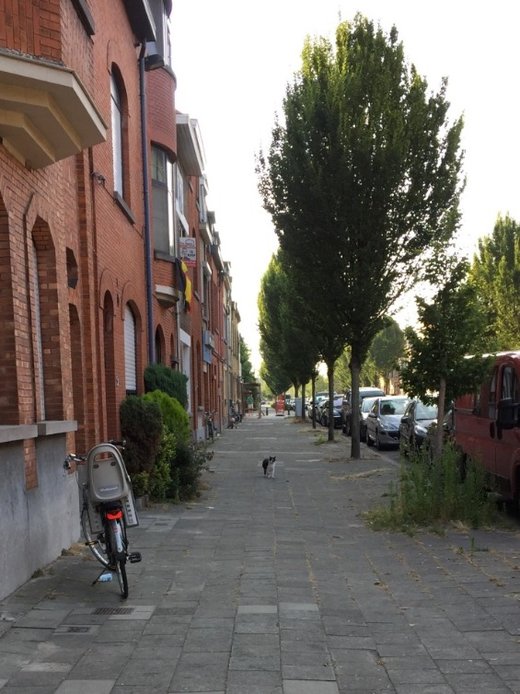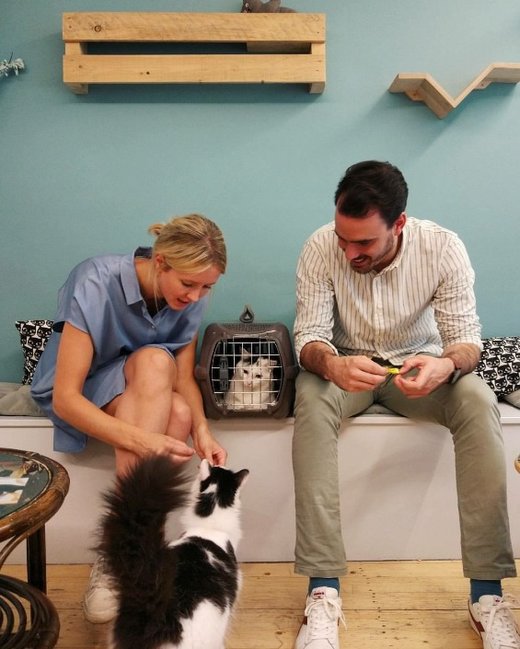My cat is missing! What should I do?
It’s the dreaded moment for every cat owner: your cat has escaped or hasn’t come home after a night outside. Your first instinct is to panic, so there’s no time to think properly over the best course of action. This is why we have made a short guide with DO’S and DON’TS, a template for your ‘Missing Cat’ flyer, and an overview of the tried-and-tested method that has already reunited many owners with their cats.

1. Prevention
We cannot stress enough how important it is that your cat is microchipped! Many animals that clearly have an owner end up in the shelter every year, but it is impossible to find their owner. So much animal suffering can be avoided by microchipping your pet. This is important for outdoor cats, but actually even more so for indoor cats: an outdoor cat is used to dealing with dangers on the streets, while a cat that never or rarely goes outside may be startled or run away if he or she suddenly ends up outdoors. Cats can also travel long distances.
Legally since 2017, cats should be chipped and registered on a central database before they are 12 weeks old. First, check whether your cat’s chip is registered in this Flemish database: https://online.catid.be. There are also older databases to check, such as IDChips & Europetnet (see further in this article, point 8). If your cat is missing, first make your details public so that you can be easily contacted, and report your cat as missing on the database. Ask your vet for assistance if you aren't used to working with CatID.
Prepare a flyer in advance. This may seem unpleasant, but you don’t want to lose time making a flyer when your cat is actually missing. At the bottom of this article you will find a template you can use (see section 4 for further details). Make sure you have some clear photos ready that you can use.

2. The first steps
Your cat hasn’t come home. Should you panic immediately? No. But if your cat normally comes home in the evening and suddenly he/she is not there, it is best to check with your neighbours. Don’t wait: the quicker you talk to your neighbours, the more likely you are to find your cat quickly.
During the first few days the cat is likely to be hiding nearby, so those early days are crucial. Put the cat’s used litter box outside the door, along with a basket with a blanket that the cat has slept on. Put food outside at the same time every night – but don’t leave it out for a whole day or night, as you may attract other cats that could pose a threat.
A cat that is not used to running around outside usually hides within a radius of 100m. Cats are the perfect paratroopers: they can hide so well that you can hardly see them. Any opening large enough for their head to fit in is a perfect hiding place. So take a good look in cracks, basements, dark places, under cars and under bushes. The ideal times to search are twilight, just before dark, in the middle of the night when it is quiet, or very early in the morning. Use a torch, which will help to reflect their eyes.
Ask the neighbours if you can look in their basement, garden or garden shed yourself: your cat knows your scent and voice very well, so you can be sure that they will react to them. A cat that is frightened will often keep quiet. You know your cat best, so you are the best person to look for them.
Finally, remember that cats will climb on roofs or up trees – so be sure to look up!
3. What to take during your search
During your search it is best to be as prepared as possible. Bring wet food, biscuits and treats: these can sometimes lure a cat. Also take a blanket that the cat has slept on: the familiar smell can calm them. And, of course, the cat carrier. For catching anxious cats, we recommend a larger carrier or trap, as this will make catching a little easier.
If you have recently moved house, be sure to let the new residents of your old home know that your cat is missing. Some cats can walk miles to their previous home.
Is your cat hiding somewhere you can’t reach? Then you may find a speaker useful: go to this video and turn up the volume – with a bit of luck, your cat will come.

4. Create a flyer
In the time of social media, people often think that spreading the word online is best, but the classic ‘Missing’ flyer is still thé best way to find a cat. At the bottom of this article you’ll find an example, with the information you should mention. Always try and include a clear photo of your cat.
- Name: (Wolf)
- Gender: (Male)
- Age: (4 years)
- Chip: (Yes)/No
- Colouring: (Black)
- Distinctive markings: (Long hair, a small cut in his left ear)
- Personality: (Friendly towards people, but a little nervous)
- Health: (He is sick and needs medication; needs specialized food)
- How to approach: (If he doesn’t know you, he will run away, so don’t approach him, call immediately)
- Missing since: (01/07/2017)
- Where: (Schepenhuisstraat 17, 9000 Gent)
NEVER put a reward or financial incentive on your ‘Missing’ flyer!
You will likely have a whole library of cute photos, but choose one that clearly identifies your cat. Photos that show specific characteristics can be useful in the search.
5. Strategic plan for the search
When putting your flyers out, we recommend these strategies. Start with the block where you live. Don’t just put flyers in postboxes: ring on doorbells. Tell people about your cat. That way, they are involved and will contact you more quickly if they see something. While you are there, ask if they could hang the flyer in their window, and whether you can take a look in their garden or basement.
After that, you can do the other side of the street the following day. Try to hang flyers in places that a lot of people visit: for example the local bakery, tram stops, parks, the post office…
If there are empty buildings or construction sites in your area, pay close attention to them. Cats like places like this. Talk to the people on site or try to find out who owns the vacant property.
Once you have done your block, you can expand to the surrounding blocks. Work systematically: indicate on a map where you have been.
Inform yourself at the local service that collect cats that became involved in a traffic accident. The best thing to do is to contact your local police. In Ghent, there is also a hotline Gentinfo (reachable within opening hours). It is possible that your cat has been picked up by a local animal shelter and it is getting treatment there.

6. Social media
Although contact with the neighbourhood still seems to be the best way to find a cat, it can always help to use social media, too. Naturally post first on your personal accounts, but also look at any local neighbourhood groups. Nowadays there are multiple online platforms where you can communicate with the neighbourhood, such as Hoplr or Peerby.
In addition, there are various Facebook groups and websites for reporting missing animals. You can of course place a call on all these platforms, but this is usually not very effective.
We recommend these sites:
www.vermistekatten.be
www.binnenbeest.be
We do not recommend channels such as secondhand.be or similar.
7. Vets and shelters
Notify your vet, and hand out flyers to the other vets in your area. You can also email the local shelters with your flyer, so they can keep an eye out for your cat too. Do not expect a response from the shelters, or for them to share the information, but it makes sense to let them know. Be proactive yourself: check regularly on the animals up for adoption.
If your cat has been missing for a while, go and check the local animal shelter yourself. On their website they only list the adoptable cats: a cat that has been found will only be ready for adoption after a minimum of two weeks. It is therefore best to go to the shelter yourself and see the person responsible for the cats. They can tell you which animals are in quarantine. Don’t just drop by and look, but check thoroughly whether your cat has been found.
There are also stray cat projects in the cities. Check with these organizations whether there is a feeding place in your area, and whether the person in charge can look out for your cat.

8. Adjust the microchip
When your cat is missing, you can have their microchip adjusted to ‘missing’. This way a vet can immediately see that the animal is missing. You can also adjust your contact details on the microchip to public. In this way, everyone who has a microchip reader can look up your contact details, and can reunite you sooner with your cat!
In Belgium, there are multiple databases available: CatID, IDChips & Europetnet. It is recommended to try all databases suggested below to increase the possibility that your cat is registered at one.
9. Don’t despair!
Don’t give up too soon. Cats are strong, fast and smart. You might be surprised at how well they can hide.
Every day we hear stories of cats that reappear, even after many years. After a while, cats start to roam, so expand your flyering to a wider area.

10. The cat is home again!
Hurrah! Your cat is back home!
Don’t forget to let your neighbours know that your baby is back and to remove the flyers in your area.
You should also inform the source(s) that informed you.
Then enjoy your reunion!
If you think your cat might go on an adventure again one day, you could always consider a GPS tracker for cats. With this device, you always know where your cat is!